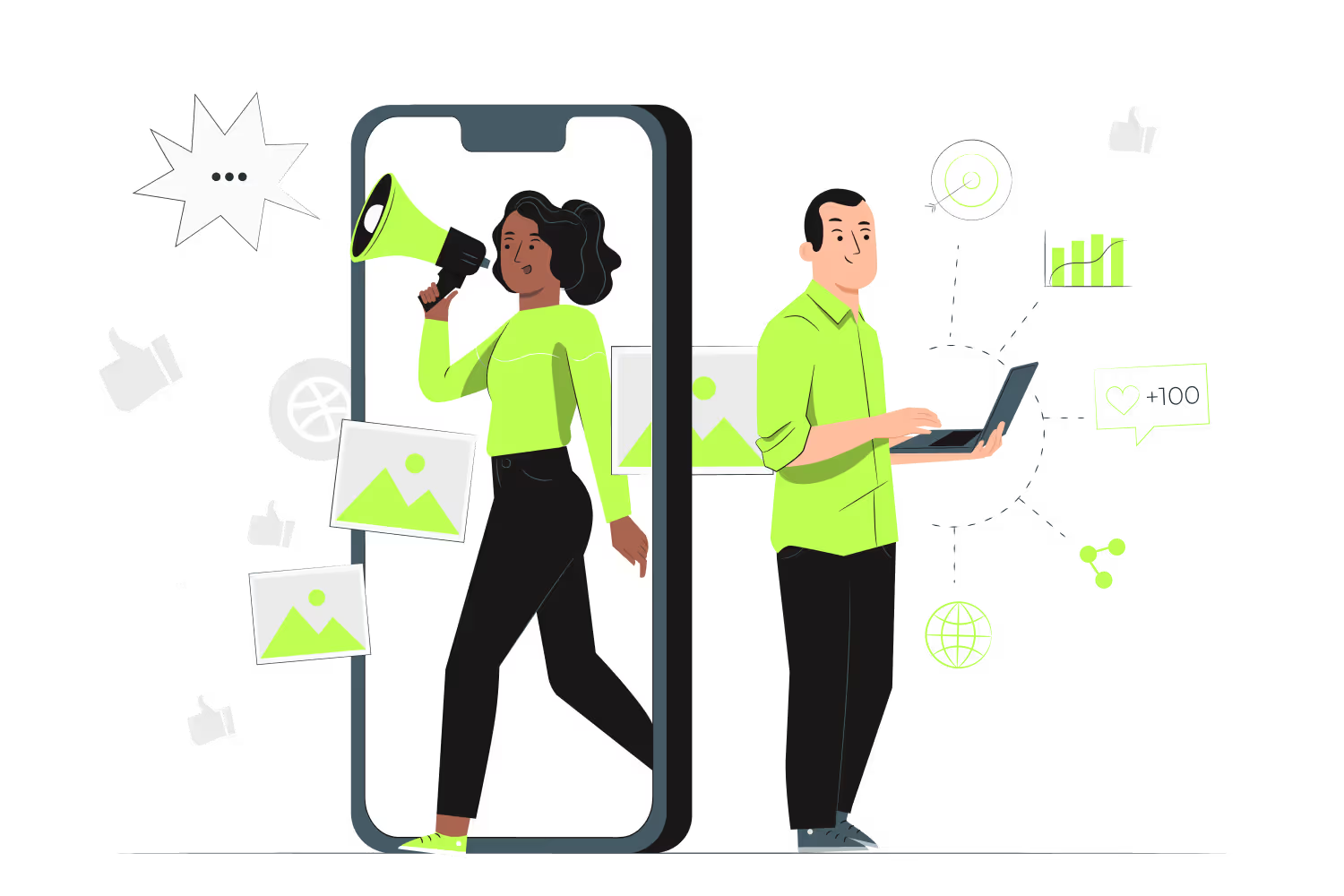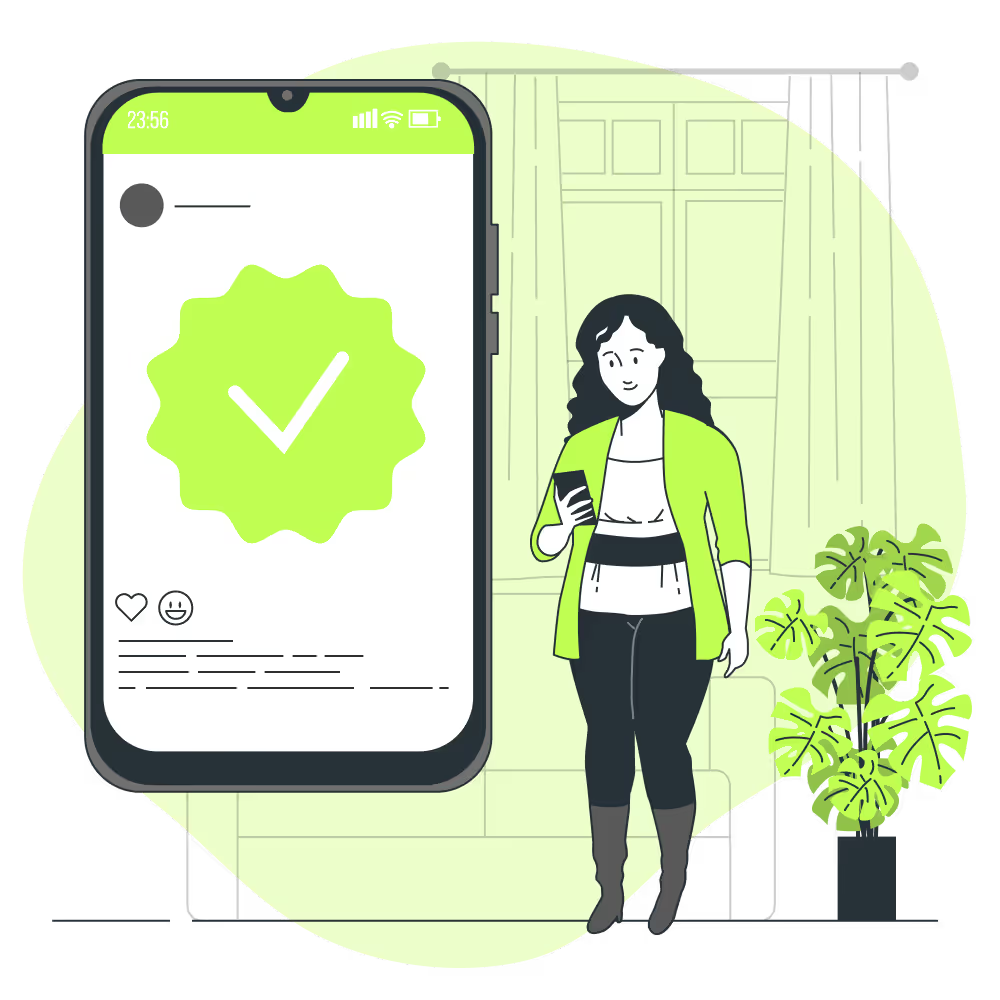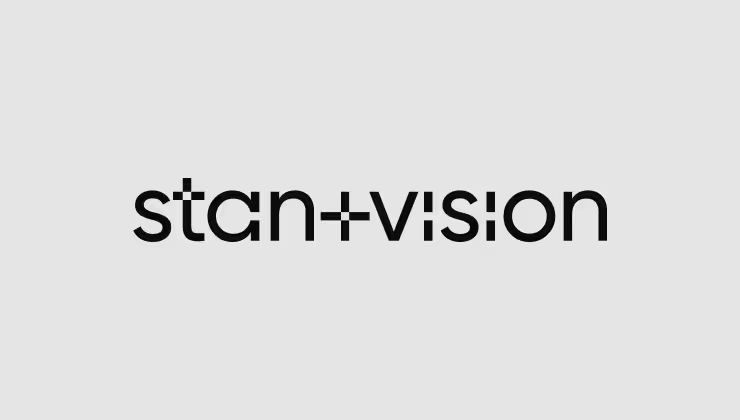
Understanding inclusive design
What is inclusive design? At its core, inclusive design is a philosophy that seeks to create products, environments, and experiences that are usable by people of all abilities, ages, and backgrounds. It goes beyond mere compliance with accessibility standards, embracing diversity and empathy to ensure that everyone can participate fully and equally.
Inclusive design principles
Equitable use
Ensure that the design is usable by people with diverse abilities, offering the same means of use for all users. This principle emphasizes fairness and equal access, meaning that no one should be excluded from using a product or service due to their abilities. For instance, a website that is navigable via both mouse and keyboard caters to users with varying levels of mobility.
Flexibility in use
Provide multiple ways for users to interact with the product, accommodating a wide range of preferences and abilities. This could include voice commands for those with limited hand dexterity or adjustable text sizes for users with visual impairments. Flexibility in use acknowledges that one size does not fit all and that users have diverse needs.
Simple and intuitive use
Design the product to be easy to understand and operate, minimizing the need for instructions or prior experience. Simplicity and intuitiveness ensure that users can quickly grasp how to use a product without unnecessary complexity. Clear labeling, logical navigation, and straightforward instructions are key components.
Perceptible information
Make sure that important information is perceivable by all users, regardless of sensory abilities or limitations. This involves presenting information in multiple ways—such as text, audio, and visual cues—so that it can be accessed by users with various sensory abilities. For example, closed captions on videos ensure that deaf or hard-of-hearing individuals can access the content.
Tolerance for error
Design the product to minimize the impact of errors and allow for easy recovery, reducing frustration and confusion for users. This principle involves creating forgiving designs that help users avoid errors and recover from them easily. Features like undo functions, clear error messages, and confirmatory actions are essential.
Inclusive and universal design
While universal design aims to create products that are accessible to the widest possible audience, inclusive design goes a step further by actively involving diverse users in the design process. Universal design focuses on creating broadly applicable solutions, whereas inclusive design recognizes that diversity is not a barrier to overcome but a source of innovation and creativity. Inclusive design ensures that products are not only accessible but also enjoyable and effective for a diverse user base.
Best practices for inclusive product design
Consider human diversity
Involve users with a full range of abilities and perspectives in the design process to identify potential barriers and opportunities for improvement. Early and continuous engagement with diverse users helps to uncover unique needs and challenges, leading to more effective and inclusive solutions.

Prioritize accessibility in design decisions
Integrate accessibility features and considerations into every stage of the design process, rather than treating them as an afterthought. This proactive approach ensures that accessibility is embedded in the DNA of the product, leading to more cohesive and user-friendly designs.

Provide multiple means of interaction
Offer alternative methods of input and navigation, such as keyboard shortcuts, voice commands, and gesture-based controls, to accommodate different user preferences and abilities. This principle acknowledges that users interact with products in various ways and seeks to provide options that suit individual needs.
Ensure clear and consistent communication
Use plain language, intuitive icons, and accessible media formats to convey information effectively to all users. Clear communication is crucial for usability, helping users understand and navigate products effortlessly.
Diverse user groups
Conduct usability testing with individuals representing a diverse range of abilities, ages, and backgrounds to validate the accessibility and usability of the product. Real-world testing with a diverse group of users helps to identify and address accessibility issues that may not be apparent in theoretical or internal evaluations.

The social impact of inclusive design principles
Inclusive design is not just a technical challenge; it’s a social necessity. By creating products that cater to a broad spectrum of users, we contribute to a more inclusive society. This examples of inclusive design has several significant social impacts:
Empowerment and independence
Products designed with inclusivity in mind empower individuals by giving them the tools they need to perform tasks independently. For example, accessible technology enables people with disabilities to work, communicate, and manage daily activities without relying on others.

Social participation and inclusion
The inclusive design fosters social inclusion by enabling everyone to participate fully. Accessible public spaces, websites, and services allow individuals with disabilities to engage in community activities, access information, and enjoy cultural events alongside everyone else.
Economic opportunities
By using inclusive design tools to design accessible products, companies can tap into a larger market, driving economic growth. Moreover, inclusive workplaces and technologies enable individuals with disabilities to contribute to the workforce, enhancing diversity and innovation within companies.
Improved quality of life
Accessible and inclusive designs improve the overall quality of life for individuals with disabilities. From easier access to information and services to greater opportunities for social interaction and employment, the benefits of accessible designs are far-reaching.

What is the cost of not being inclusive?
If the design industry does not embrace inclusive design best practices it can result in products discriminating against certain consumers. This could prevent businesses from growing. Approximately 40 % of European citizens will be 55 or over by 2050. Developing products targeting an 18-35-year target population excludes much of society, which will result in a lot of missed opportunities. It could cause a large number of people to feel isolated and lost simply by not having the technology to contact officials.
Lack of awareness and understanding of human diversity
Many designers and developers may lack awareness or understanding of the importance and principles of inclusive design. This can lead to unintentional exclusion of users with disabilities.
Limited resources and budget
Developing inclusive products often requires additional resources, including time, budget, and expertise. Small companies or startups may struggle to allocate these resources effectively.

Balancing functionality and accessibility
Striking the right balance between functionality and accessibility can be difficult. Designers must ensure that accessibility features do not compromise the overall user experience or functionality of the product.
Keeping up with evolving standards
Accessibility standards and technologies are constantly evolving. Staying updated and ensuring compliance can continuously challenge designers and developers.
Overcoming challenges
To overcome these challenges, organizations can adopt several strategies:
Education and training
Investing in education and training for designers and developers can raise awareness and build the necessary skills for the inclusive design process. Workshops, courses, and certifications in accessibility and inclusive design can be valuable.

Inclusive design guidelines
Developing and adhering to inclusive design guidelines can ensure that accessibility is considered at every stage of the design process. These guidelines should be based on established standards, such as the Web Content Accessibility Guidelines (WCAG).
Collaboration and community engagement
Collaborating with accessibility experts and engaging with the disability community can provide valuable insights and feedback. This collaborative approach helps to identify real-world challenges and develop practical solutions.

Continuous improvement
Inclusive design is an ongoing process. Regularly reviewing and updating products based on user feedback and evolving standards ensures that they remain accessible and effective for all users.

Inclusive design is not only about meeting legal requirements or checking boxes—it's about creating products that empower and enrich the lives of all users. By embracing the principles of inclusive design and adopting best practices for accessibility, designers can unlock new opportunities for innovation and create products that truly make a difference in the lives of people of all abilities.
The social needs for accessibility in UX design are clear: it’s about fostering empowerment, independence, social participation, economic opportunities, and an improved quality of life. Despite the challenges, the rewards of inclusive design are immense, benefiting individuals, businesses, and society as a whole.
By prioritizing accessibility and involving diverse perspectives and users in the design process, we can create a more inclusive digital landscape. This commitment to inclusivity and accessibility not only enhances user experiences but also reflects our shared values of equality, respect, and human dignity.
Q & A
What is inclusive design vs universal design?
When Universal Design aims to offer only one solution to most users without modification, Inclusive Design supports and welcomes many possible solutions and variations to achieve a desired result3.
What are the factors of inclusive design?
Inclusively designed design enhances user experiences. It helps people access and navigate e-commerce products easily.
What is the principle of inclusive design?
Inclusive design consists of methodologies based on digital environments and allows for and utilizes a range of human diversity. This includes people from diverse backgrounds who learn from one another.
What is the aim of inclusive design?
Inclusive design aims at removing barriers creating unnecessary stress and separation. This enables all participants to engage independently with daily activities equally, and confidently. A holistic view of the inclusive design pattern allows us to gain insights into how the building world is connected.
What is an inclusive design strategy?
The inclusive design process helps people understand the built environment to support thriving communities with their own right to life.






